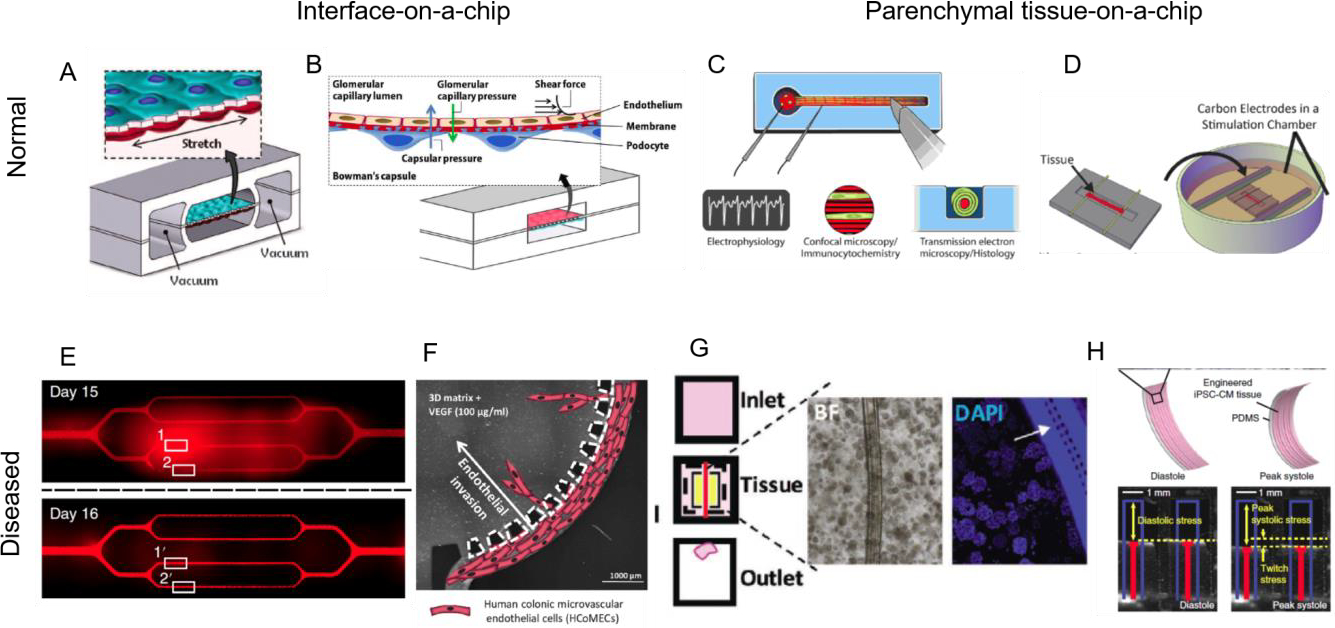Figure 4. Representative examples of single OOCs for studies of organ functions.

In the category of interface on-a-chip devices, A lung-on-a-chip device recreates epithelial/endothelial barrier function, reproduced with permission from (Huh et al., 2010). B Glomerulus-on-a-chip recreates podocyte/endothelial barrier function, reproduced with permission from (Zhou et al., 2016). C In the category of parenchymal tissue devices peripheral nerve-on-a-chip can be used to study electrophysiological properties due to drug toxicity, reproduced with permission from (Sharma et al., 2019a). D Biowire II platform established functional hallmarks of human ventricular and atrial myocardium, reproduced with permission from (Zhao et al., 2019). Interface on-a-chip devices can be used to study increases in permeability due to disease: E sickle cell occlusion of vasculature-on-a-chip, reproduced with permission from (Qiu et al., 2017) or F endothelial invasion in colorectal tumor, reproduced with permission from (Carvalho et al., 2019b). Parenchymal tissue-on-a-chip devices can be used to recreate G pancreatic cancer microenvironment, reproduced with permission from (Lai et al., 2020a). H cardiomyopathy of a genetic disease, Barth syndrome, reproduced with permission from (Wang et al., 2014).
